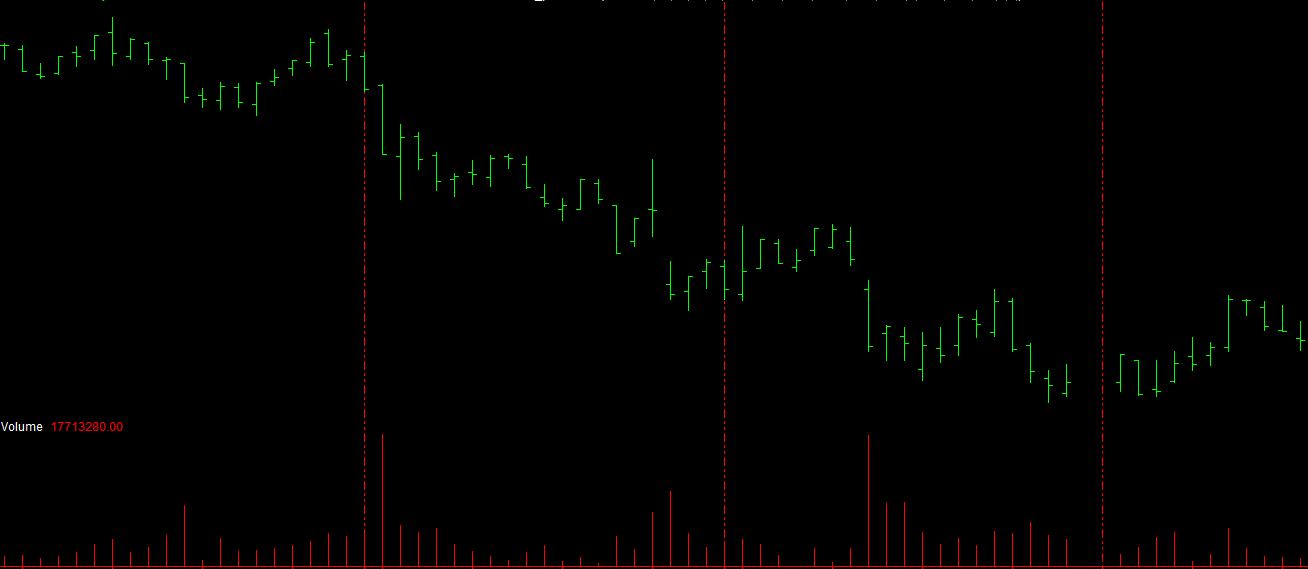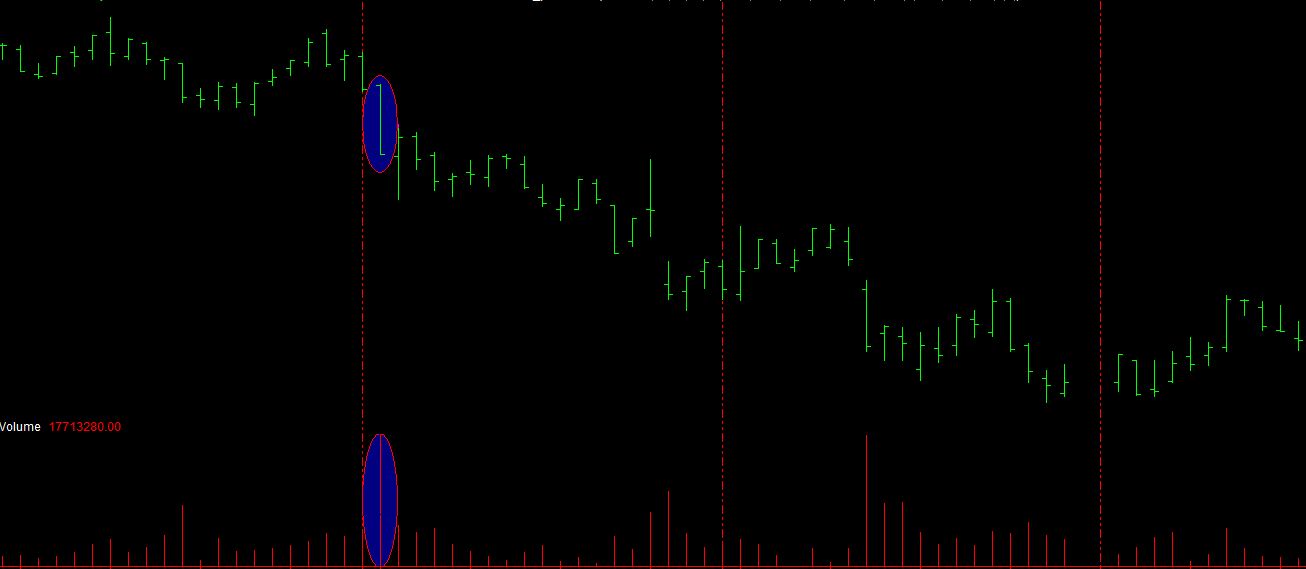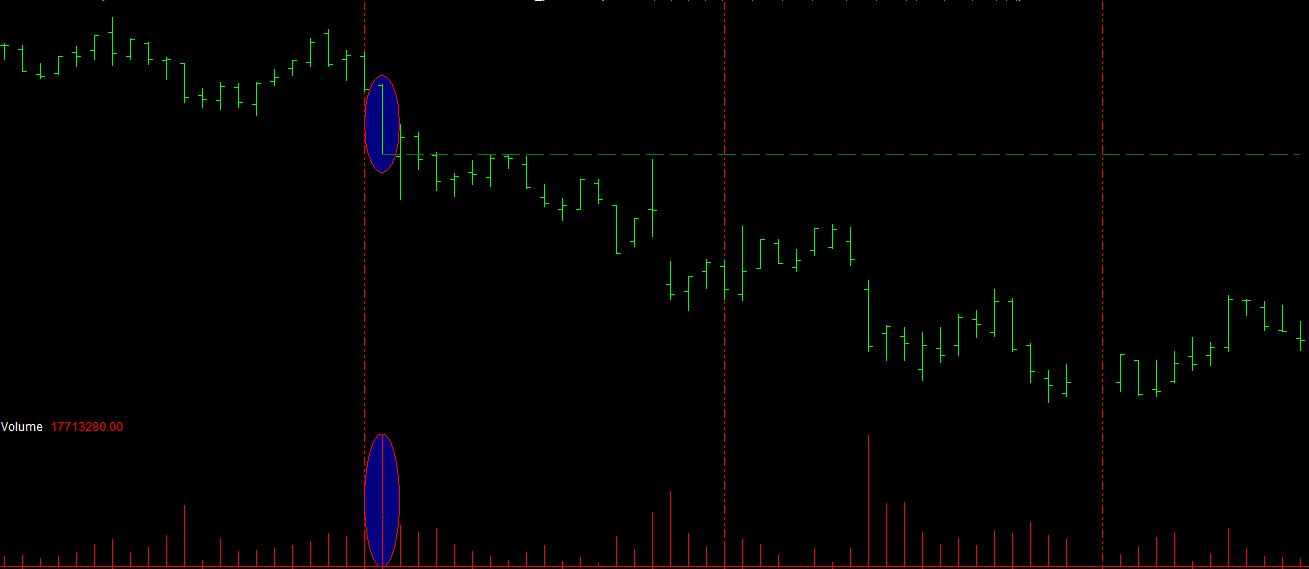After an initial "falling in love" with Technical Analysis, which is still the only economic analysis methodology among traders, I personally started to discover some structural limits of it after the 80’s.
Here they follow at a glance:
- it uses too many indicators. This shows an empirical approach to a financial phenomenon rather than a scientific approach, i.e. with a synthesis of a few criteria;
- trading relies on indicators derived from discretionary choices of both their parameters and their combination, rather than from objective criteria;
- algorithms only process numerically a large number of indicators, mainly derived from stock prices, rather than understanding the behavior of the pure data, especially volumes data;
- very high existential cost, with excessive time spent in front of the monitor, precisely because of too many indicators with too many discretionary parameters to evaluate (instead of being able to rely on a non-human Partner, an advanced SOFTWARE, capable of carrying out human-like evaluations);
- above all: well-known indicators (all of them!) by those who drive the markets with notorious High Frequency Trading Systems. "Manipulators" who know exactly how and when to push technical analysts to buy or sell a certain stock – certainly not for their own profit.
Thanks to Complexity Theory, I began to understand that:
- financial trends are indistinguishable from other trends of physical phenomena, either weather or electric ones;
- the most important financial information is represented by volumes, which represent the energy of the phenomenon;
- above all, any discontinuity of volumes indicates precisely how many technical analysts traded a specific stock due to whichever indicator used;
In a nutshell, applying a physical "Laziness Principle", I no longer had to analyze various combinations of indicators with long time series of data, rather I could limit myself to observe the behavior, here and now, of the stock prices and of any discontinuity of volumes!
And so, with a minimal effort, I could see exactly when, how and why so many others traded a specific stock and, profitably, I also noticed stock behaviors anticipating such sudden trades glitches.
So, observing trends behavior with the glasses of Complexity Physics and being able to highlight the sensitive levels of stocks called Attractors, is the true essence of Physical Analysis, theorized starting from the most modern concepts of sciences and from direct and operative experience.
Thanks to Physical Analysis, which focuses pure data, not derived, of volumes and prices, it is far more efficient to create an advanced software able to free us from monitor-addiction, which is very common among many "empirical" traders who are overwhelmed by excessive discretionary indicators and benchmarks to define.
You have to consider that trading, despite being a fascinating “freedom-generating activity”, is the Formula 1 of psycho-physical performances, with consequential risks of becoming psycho-physically too expensive.
How much do you “pay” for earning from trading in terms of time spent in front of the monitor, neural and hormonal stress, difficulty in social relationships, sacrifice of other interests, affections, entertainment?
Therefore, Physical Analysis is not as linear evolution of Technical Analysis, rather a Copernican revolution, which is able to overturn the aspects of Technical Analysis:
- first of all, the empirical approach is translated into a physical-scientific approach, based on the Complexity Theory;
- the numerical processing of long time series of prices into an observation here & now of both discontinuity of volumes and prices behavior;
- quantitative and linear analyses, through algorithms well known to everyone (Manipulators included), in a human-like analysis, with recognition of a limited number of patterns.
In a nutshell:
The extreme simplicity of Physical Analysis allows us to create a very advanced software, capable of:
- performing VISUAL processing, by simulating the Human in front of the monitor;
- reducing too many technical indicators derived from long time series of data, by understanding few price and volume behaviors here & now;
- seeing objective sensitive levels, called Attractors, on which the software will record the behavior of prices by simply writing 9 different symbols, which then it will be able to read;
- last but not least, self-learning, thanks to scientific synthesis of financial complexity into only 9 possible behaviours, identical at any time-scale.
Physical Analysis tributes a sincere thanks to Technical Analysis, which for 60 years has been able to open a new way into financial analysis through its graphics, and which nowadays, with an upsurge of incredible complexity of markets, opens the way to its successor born right from recent decades Complexity and Science: Physics Analysis.


